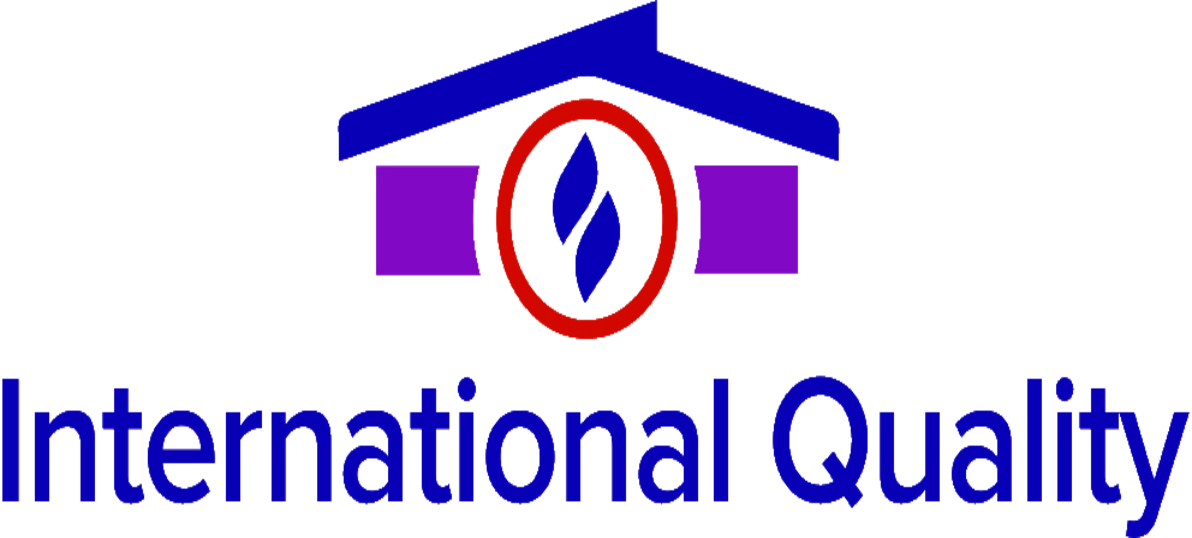Subsidy schemes and financing generally, are designed to support certain segments of the economy that would not otherwise be able of thriving on market forces alone. These could include struggling industries or innovative developments that support economic and social goals. Subsidies are said to be beneficial for individuals and businesses who may not have the money to invest in their own development. They also boost economic efficiency. Opponents argue, however, that the intervention of government in an economy could have unintended negative consequences. They argue that it could raise prices for consumers, encourage inefficiency and sway markets by favoring certain businesses or industries over others.
Most often, subsidy programs come in the form of cash payments or tax incentives. Other forms of subsidy include loans guarantees, low interest loans, and capital subsidy. In assessing the value of these programs, it is important to take into account their impact on interest rates and the other variables that underlie them.
For instance grants can help to lower the interest rate on a mortgage for a brand-new home buyer, which could lower the monthly mortgage payments by a few percentage points. This could be a huge benefit that borrowers can’t get from private financial institutions on their own.
Other important aspects to consider in evaluating these programs are the criteria for eligibility as well as the guidelines that are established regarding the use of credit subsidy funds. They could include minimum income requirements, maximum rents, purchase prices, as well as minimum intervals for housing projects that qualify for subsidy.
myrrdin-inc.com/2020/03/30/digital-technology-in-the-modern-world/
